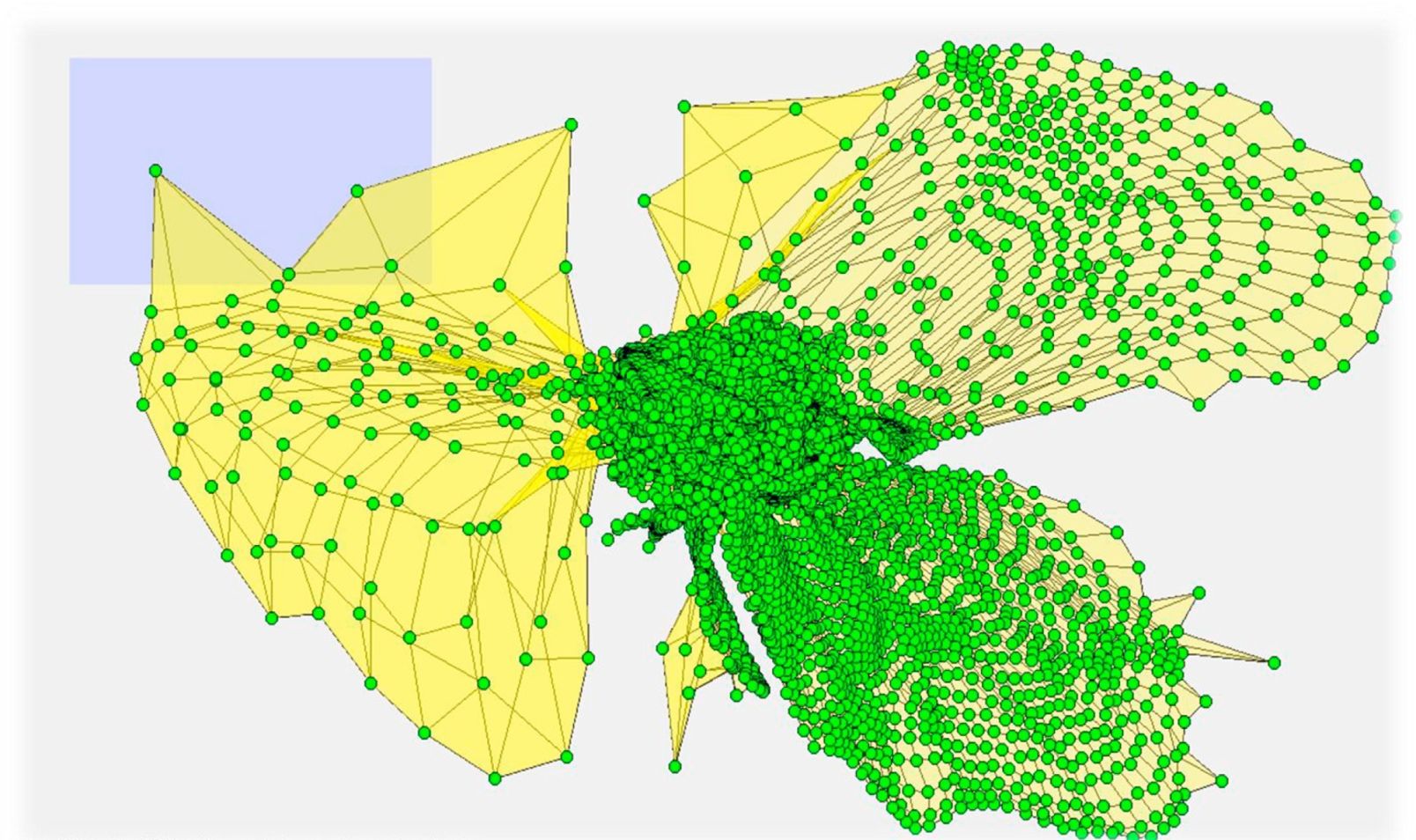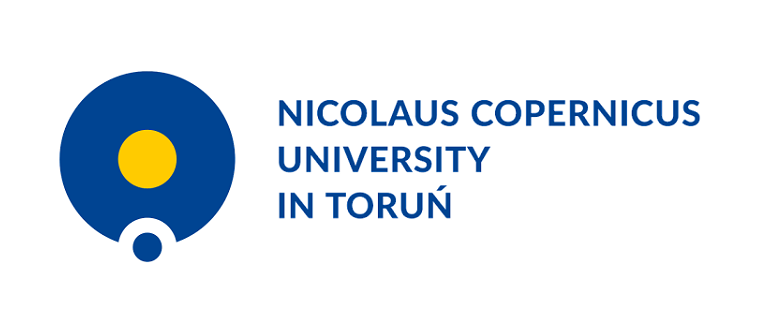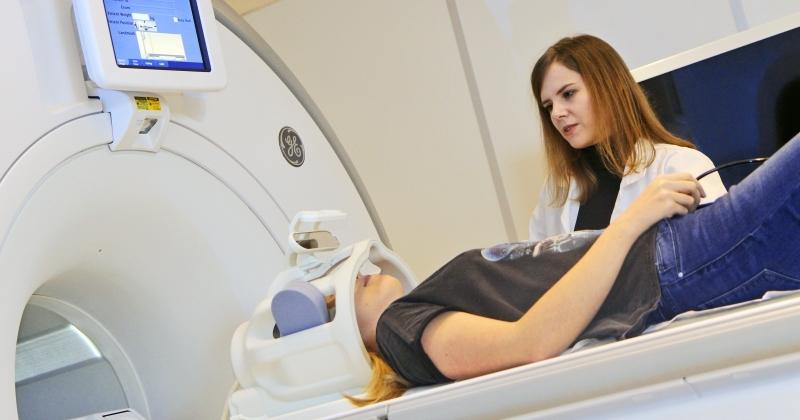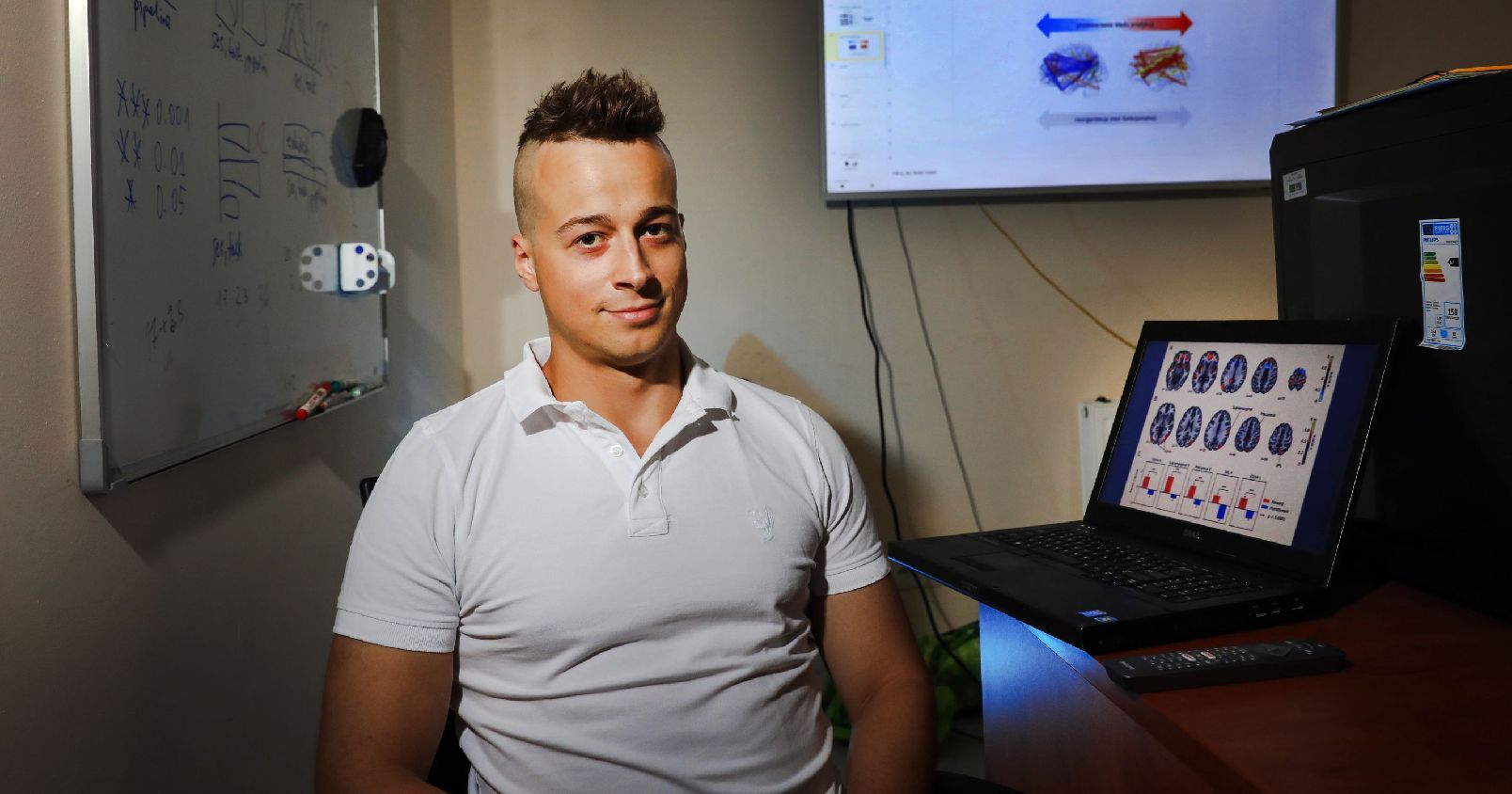Memetics and neural models of conspiracy theories
The world is ruled by shape-shifting lizards, landing on the moon was fake, and a UFO crashed in Roswell. Where do conspiracy theories originate from? Prof. Włodzisław Duch from the Faculty of Physics, Astronomy and Informatics of the Nicolaus Copernicus University (NCU) has decided to examine the process of their development in the brain. An article dealing with this issue has just been published in a prestigious journal "Patterns" (Cell Press).
Multitude of conspiracy theories people believe in all over the world is astonishing. They actually accompany each significant event: a catastrophe, assassination, death of a famous person or, currently, the Covid-19 pandemic. Because the formation of a distorted image of reality is so widespread this topic has been dealt with by numerous scientists. Various studies, articles and books using psychological, sociological, political science, or anthropological approaches have been published. However, the presumed conspiracy theories mechanism is still a matter of speculations because the problem is scarcely researched by specialists in natural science.
Memes in the head
Professor Włodzisław Duch from the Department of Informatics at the Faculty of Physics, Astronomy and Informatics, NCU, is an exception. For years, his scientific interests have been focused on artificial intelligence, neural networks, informatics, quantum physics as well as cognitive science. 10 years ago, he wrote his first report on memetics, conspiracy theories, representation of memes as neural network attractor states in the brain, linking it with the formation of conspiracy theories. His article entitled "Memetics and Neural Models of Conspiracy Theories", has just been published in "Patterns" (Cell Press), a highly renowned, open-access journal in which breakthrough, original texts concerning data science are released.
- It is one of those long-lasting things in my professional life. I have tried to publish this work for so many years. Even though I indicated 10 potential reviewers, nobody felt competent enough to review it, and thus, journals rejected it - explains Prof. Duch. - The concept seemed too innovative. Moreover, it concerns the subtle processes taking place in the brain. Neuroscience experts prefer experiments on rats, so they have no chance to take a closer look at the subject of conspiracy theories. Computer models, in turn, are not concerned with subtle phenomena addressed by memetics.
Richard Dawkins is the originator of memetics. He used the word meme (from Greek root i.e. imitation) to name bits of information "inserted into the head", those which are rapidly embedded in the neural connections structure in the brain, and whose behavior is similar to that of genes.
- Memetics is thus the theory of human behavior and provides a common paradigm for cultural studies, religious studies, sociology and other fields of social studies which describe our mental space. The main challenge it faces is the identification of memes, studying how they are reproduced, spread, and developed - explains Prof. Duch. - But, what is the meme from the physical, neuroscientific point of view? It has not been described so far.
Brain determinants
Why do people believe in conspiracy theories?
Because this is how their brains function. We think the way our brains allow us to do - says Prof. Duch. - On the one hand, we are dealing with genetic determinism: human cognitive capacity and affective reactions are much varied and dependent on the presence of genes responsible for building individual brain structure, for example COMT, DARPP-32, DRD2 - the genes connected with dopamine, an important neurotransmitter. Hence, genes determine personality, predispositions, skills, but not particular decisions.
On the other hand, genetic determinism only partially affects our neuronal determinism, namely, our brain formation resulting from our life experience, upbringing, culture, and religion.
- We cannot think differently than our neuronal activity allows - says Prof. Duch. - The whole history of a given individual, his/her experience starting in the fetal stage, may influence easy activation of certain neurons in the brain whereas other neurons require strong stimulation in order to be activated. It would be interesting to find out how certain bits of information we receive are turned into memes and reproduced while others remain unnoticed.

The formation of biological and psychological mechanisms of false belief and thus conspiracy theories is obviously very complex. Accepting distorted images of reality can be a side effect of many different factors such as education or life experience, and this is why they are so difficult to study.
- Moreover, accepting simple explanations can be satisfactory; it saves energy (and the brain consumes huge amounts of it), brings a pleasant sense of understanding. In contrast, complex explanations require much effort and time to be fully understood. A simple, but false, explanation is thus attractive: it is always better than no explanation at all - explains Prof. Duch.
Sinks of false beliefs
In his article, Prof. Duch presents one of the possible mechanisms of conspiracy theories formation in the brain.
Emotional excitement or uneasy situations induce temporarily higher neuroplasticity of the brain to make it memorize situations that affect us. After a traumatic situation a suddenly appearing explanationcan rapidly reduce the brain plasticity, 'freezing' false images - explains Prof. Duch. - All kinds of gossip becomes unambiguously associated with emotional experience. The flowing of new information is combined with the embedded traces of memory; it can self-organize to create memes attracting many accidental patterns of brain activation that represent memories and concepts. In neural networks such states are called attractors. On the mental level they appear as memes, with many accidental and false associations, destroying relationships between different states of memory. This model of formation of conspiracy beliefs can be called the rapid freezing of high neuroplasticity (RFHN).
- We can now imagine that such condensation of conceptual framework starts to cause the association of the same trace of memory with completely unrelated observations - continues prof. Duch. - It is the model I tried to present in computer simulations: there appear states so condensed with conceptual framework that practically everything merges into one place. In the terminology of dynamic systems many attractor states form a "sink". ( fig.)

This is why struggling with conspiracy theories is so difficult. In the brains of those who believe in them (even if they hear an argument contradictory to what they think), memeplexes, i.e. complexes of memes related to a given topic, emerge.
And when it emerges, it is also reinforced, says Prof. Duch. In the brain neural network each excitation of memory reinforces its pattern of activation, causing stronger associations of different, even most distant, information. Such memory trace creates a "basin of attraction" in our conceptual framework, and more and more thoughts and observations fall into this basin. It is a physical process. It is something that cannot be changed by simple persuasion. And the physical change of brain's connections is difficult because it requires highly energy-consuming processes.
Subtle processes
Prof. Duch admits that in the near future he does not consider performing experiments involving the human brain.
- Such experiments would be considered unethical because, to some extent, they would be based on confusing people's minds. It is also difficult to see subtle changes on the neuronal level with the current experimental techniques. Nevertheless, we have a range of sophisticated tools which may soon help us achieve more. The world is big and many good research teams continue their studies. I hope my work will inspire others to start investigations in this area - says Prof. Duch.
As the researcher from Toruń emphasizes, the simulations he presents should attract attention to the need of analyzing the types of distortions which commonly appear in the neural networks. More complex neural models will be necessary to enable predictions comparable to results given by neuroimaging and behavioral experiments. But even such simple models can be applied to illustrate the presumed processes responsible for the formation of different conspiracy theories. The next step will be to perform more sophisticated simulations.
 NCU News
NCU News







 Exact sciences
Exact sciences
 Exact sciences
Exact sciences